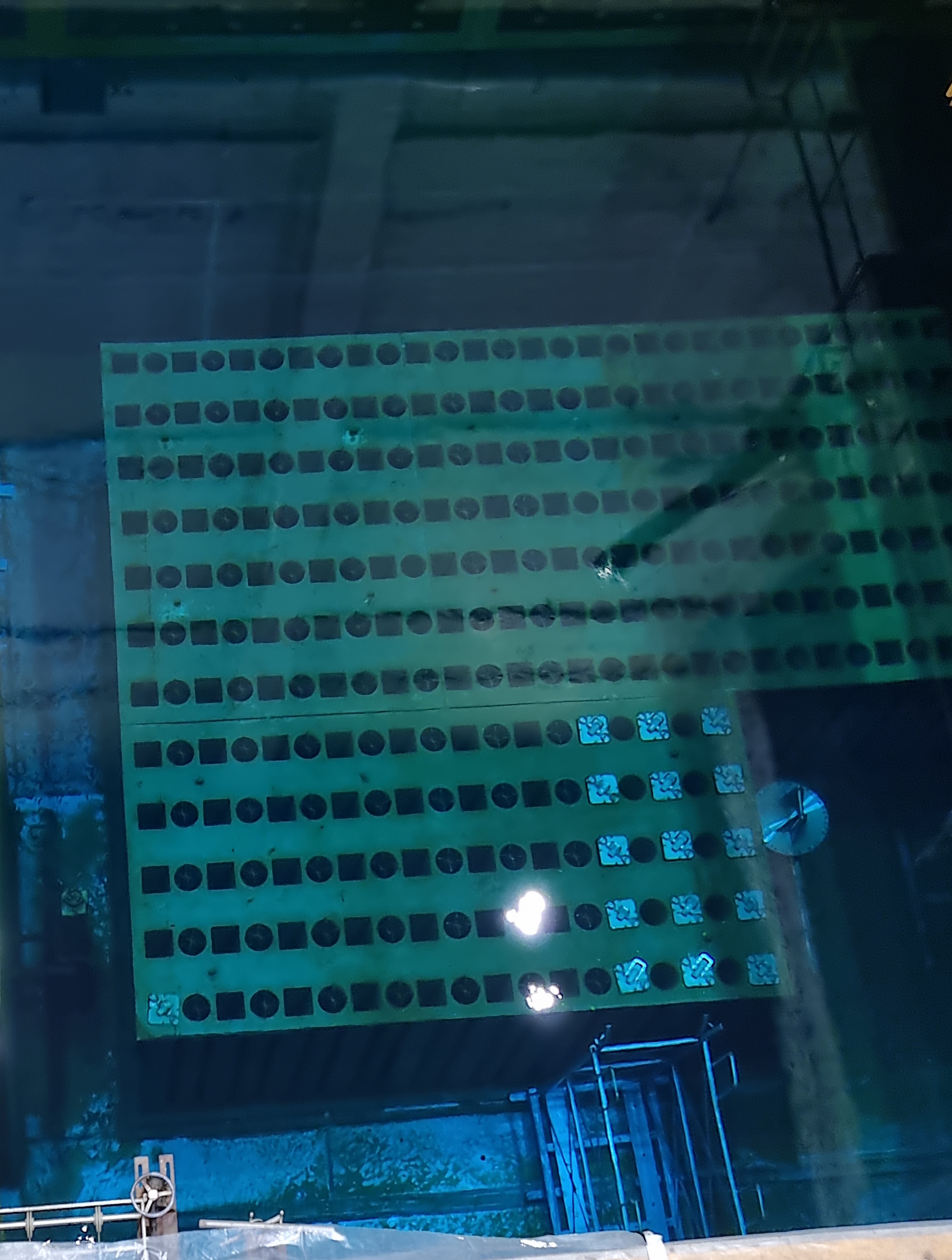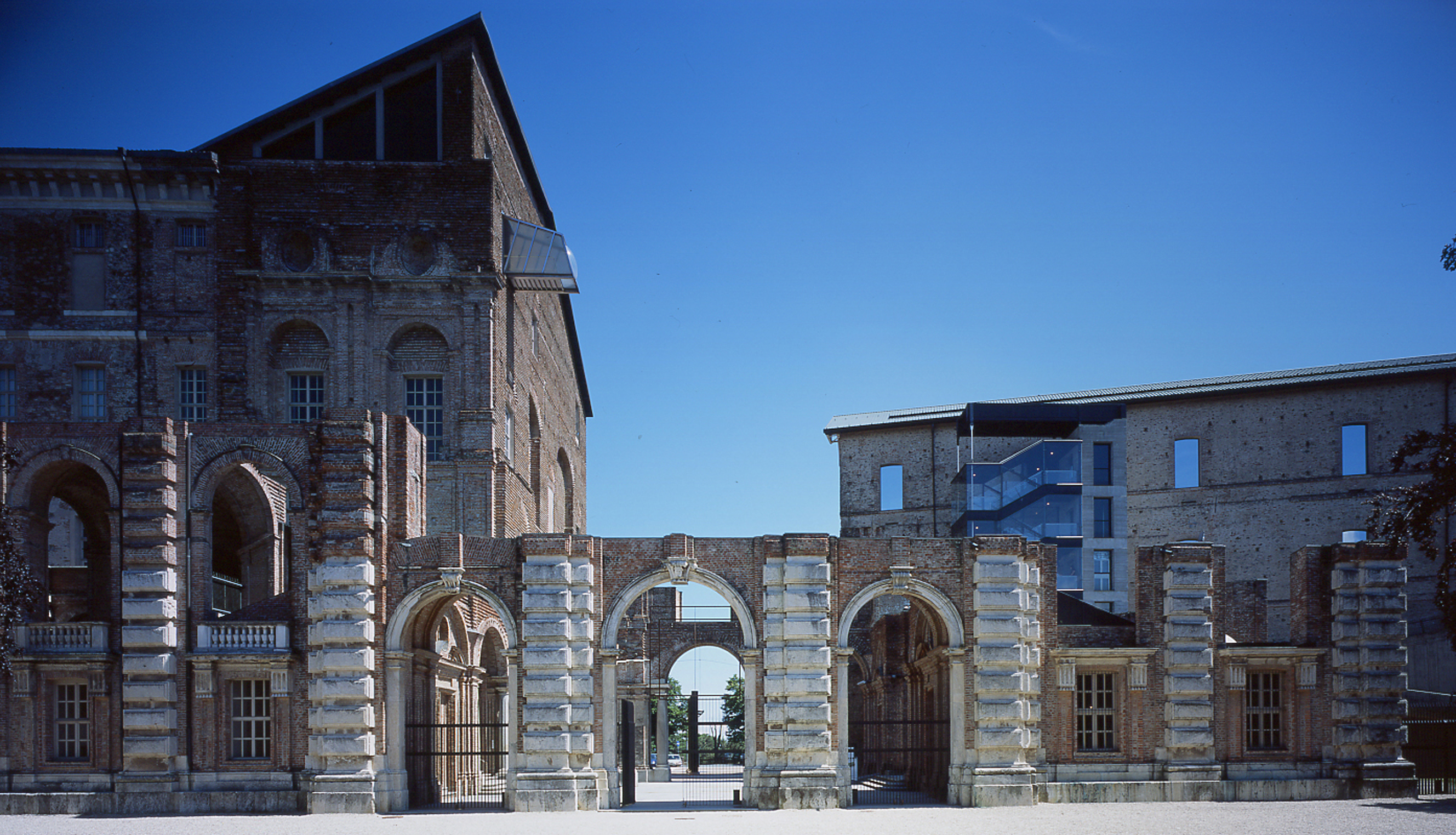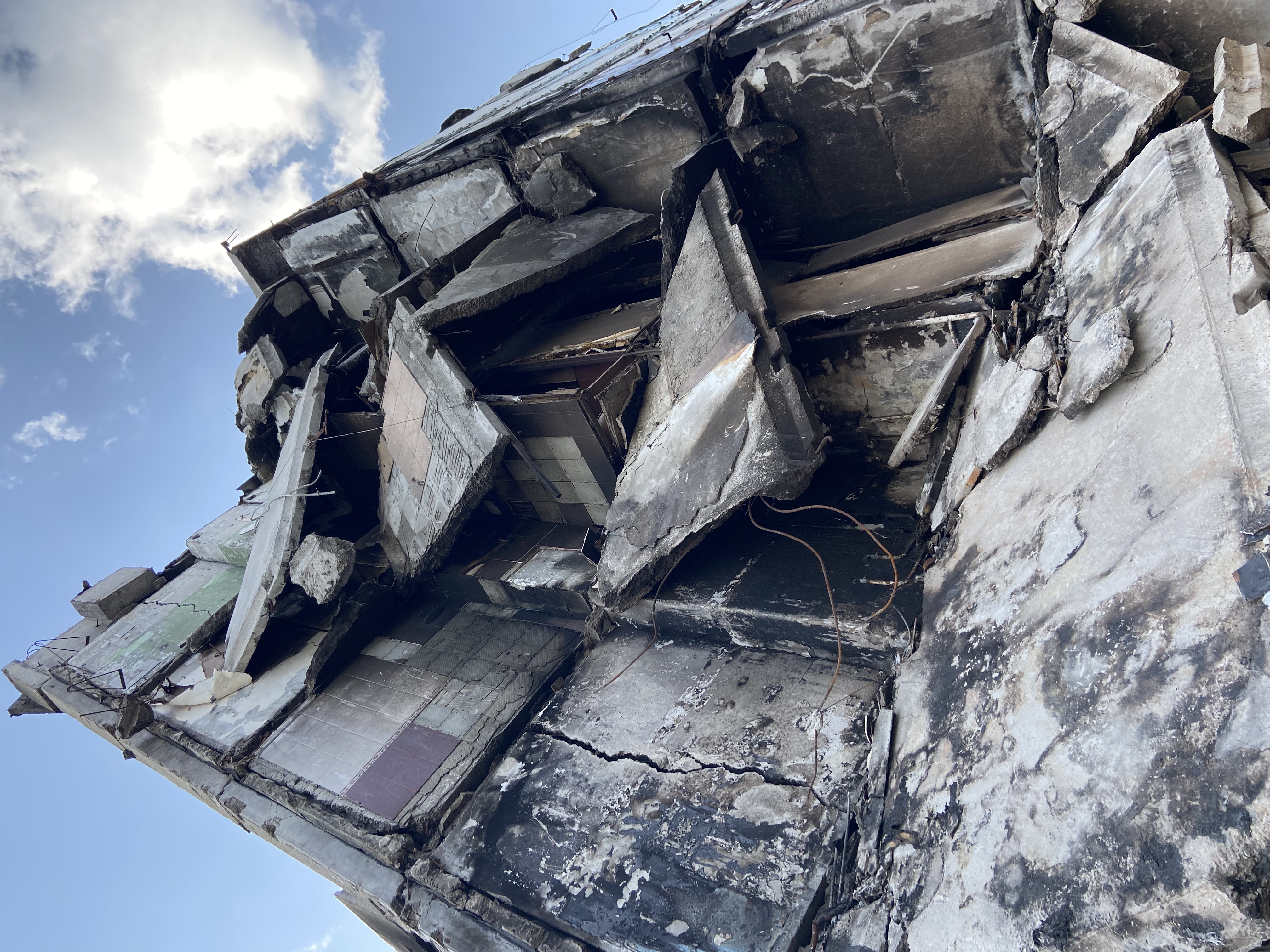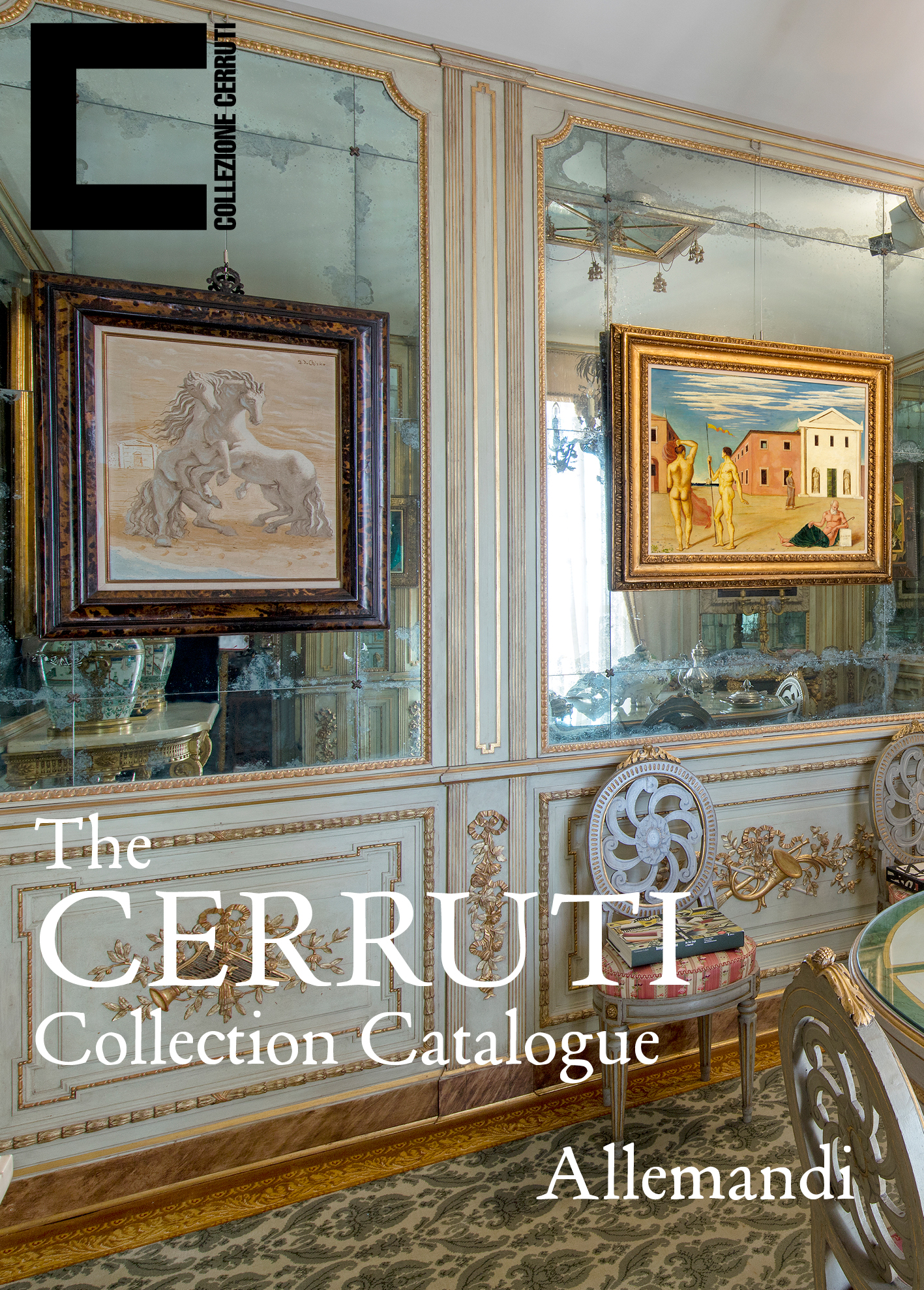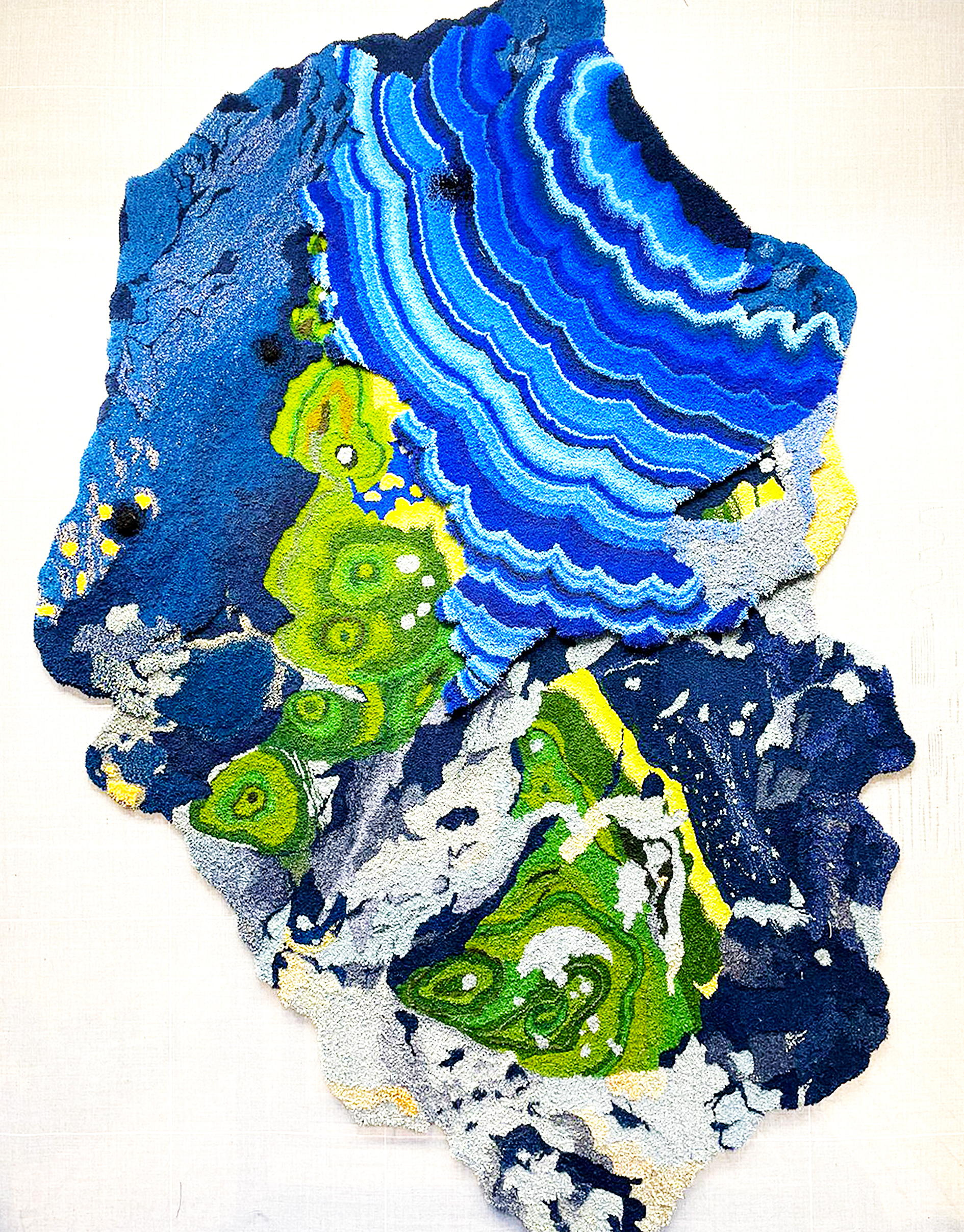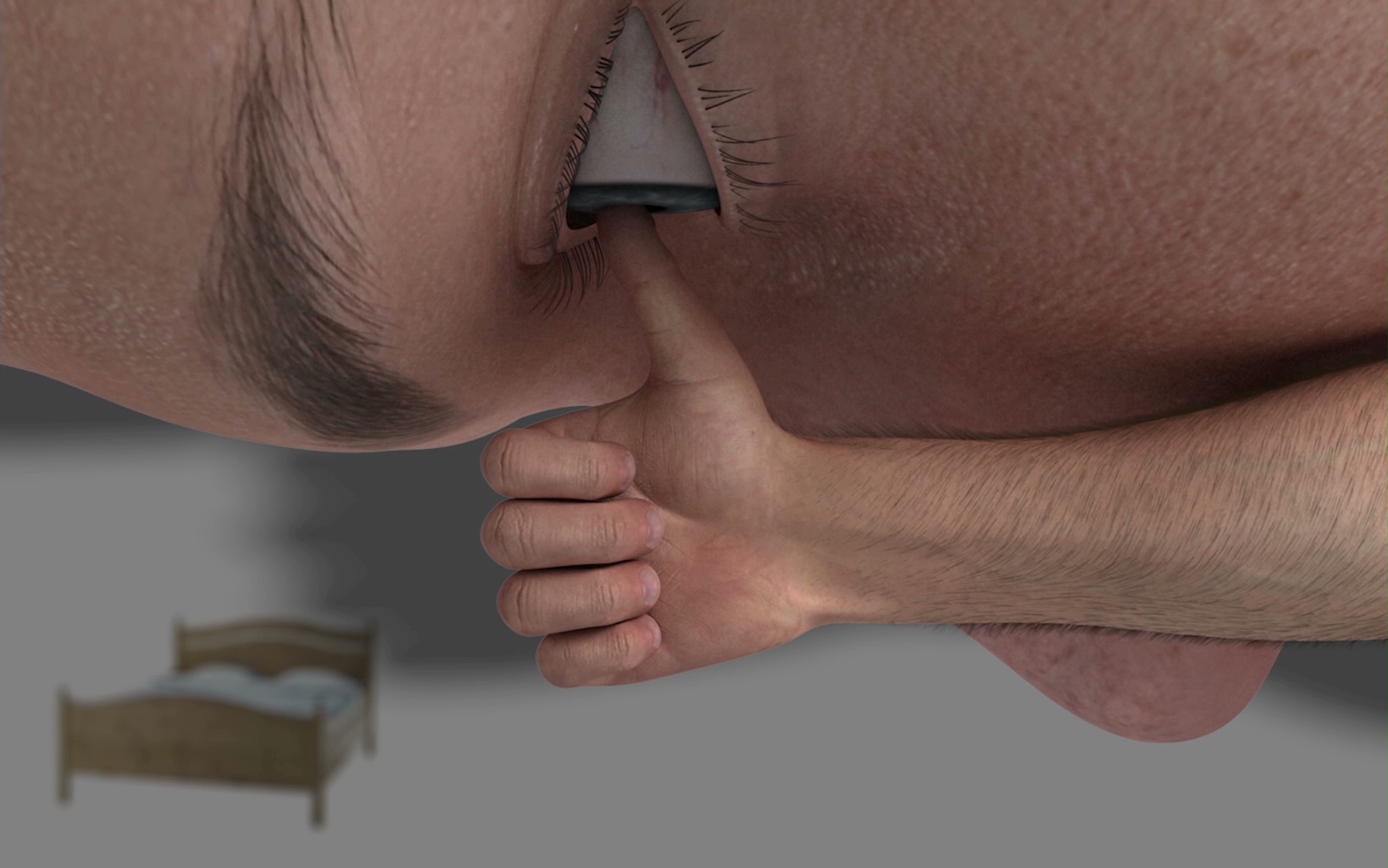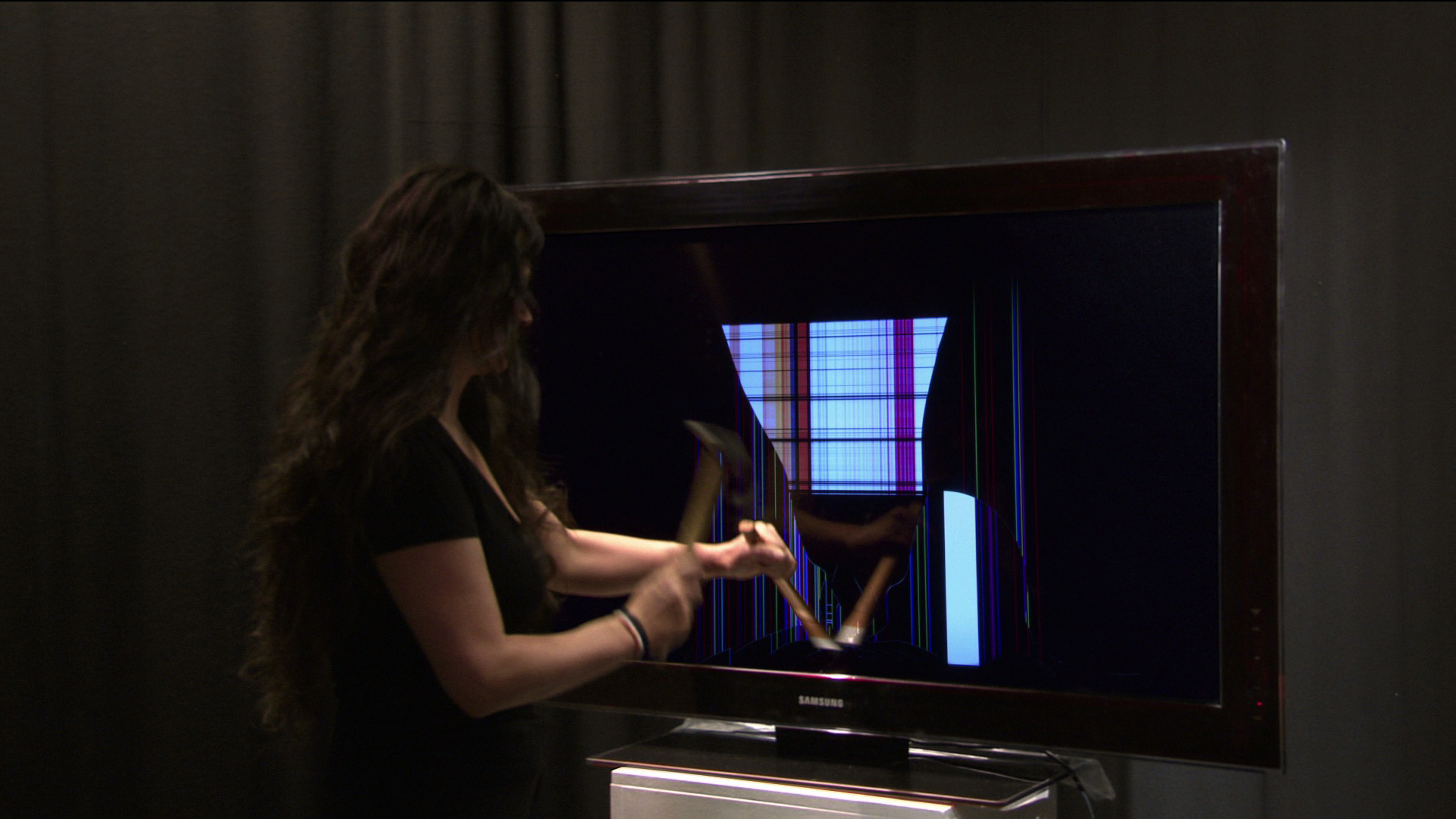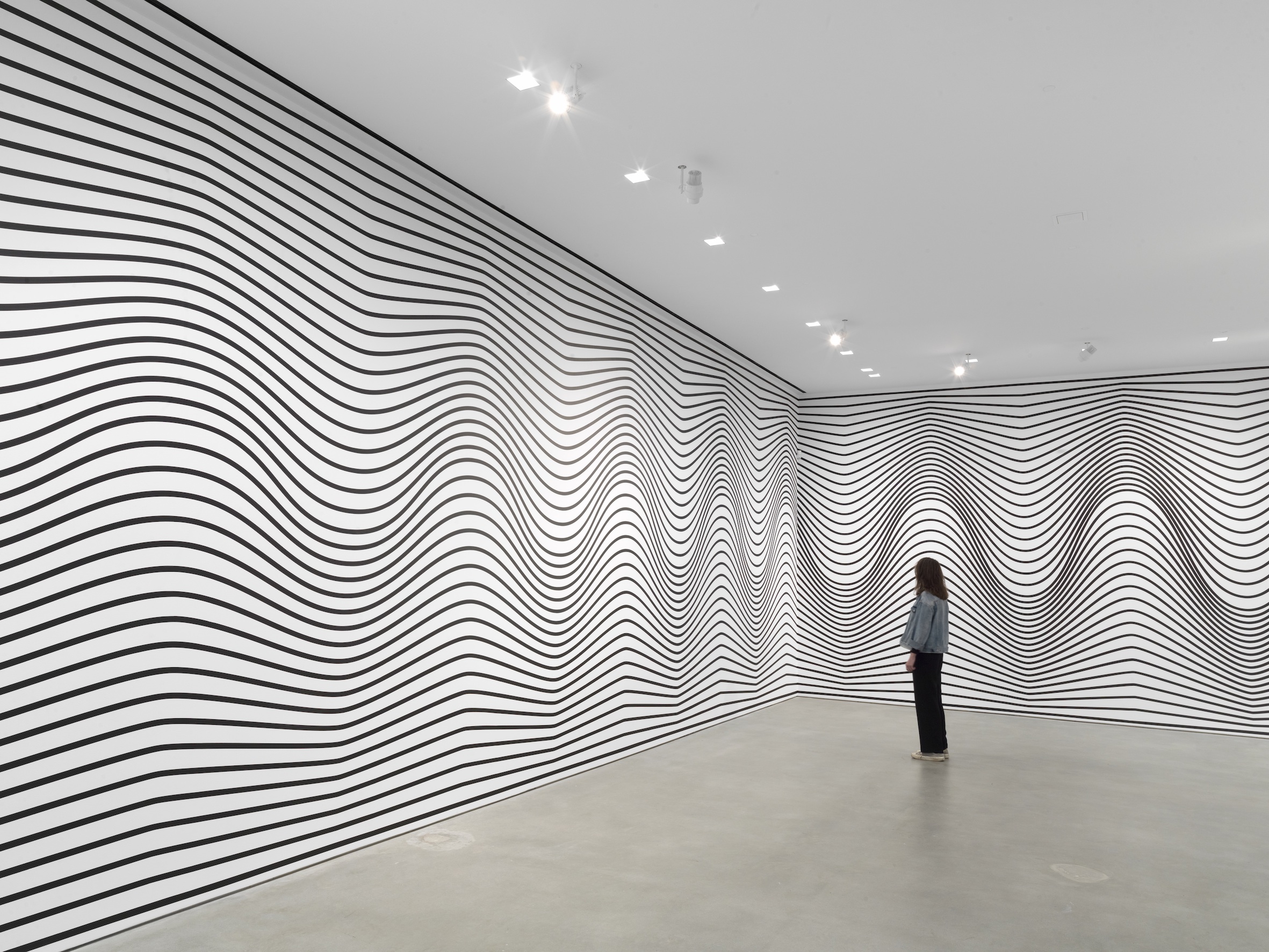Gianni Colombo
September 16, 2009 – January 10, 2010
An exhibition curated by Carolyn Christov-Bakargiev (Artistic Director documenta 13 and interim director Castello di Rivoli, Rivoli-Turin) and Marco Scotini (Archivio Gianni Colombo, Milan)
Piazza Mafalda di Savoia
10098 Rivoli (Torino) – Italia
tel. +39/011.9565222 – 9565280
fax +39/011.9565231
e-mail: info@castellodirivoli.org
Press preview: Monday, September 14, 2009 – 11.30 a.m.
In his experimentations with perceptual structures, Gianni Colombo (1937 – 1993) developed new definitions for the work of art as habitable environment and a field of active participation through the use of light, movement and space. This large-scale retrospective explores the full range of his art. In the experience of his environments, our sensory and aesthetic capabilities find themselves diffused and amplified.
Colombo was one of the leading figures in the field of international kinetic art that developed over the course of the 1950s and 1960s. Interested in the Surrealism of Max Ernst and in the poetic world of Paul Klee, he attended the Accademia in Brera. His artistic research was soon characterized by experiments with materials and their perception, from ceramics to graphics, from works with an emphasis on material consistency to the creation of multiples and, above all, of ‘environments’ accessible to viewers. In the 1950s, during a period of postwar economic recovery and within Milanese art circles characterized by a lively international debate, he was drawn to developments by the “nuclearists” and to the Spatialism of Lucio Fontana.
“If Fontana was the artist who defined the space of the work as the work of art itself – states Christov-Bakargiev – Colombo investigated art as participatory space, thus anticipating many current interests.”
In 1959 Colombo founded Gruppo T along with Giovanni Anceschi, Davide Boriani and Gabriele De Vecchi, later joined by Grazia Varisco. The group proposed that art abolish all static boundaries between painting, sculpture and architecture, through the attention to time and through the creation of mobile and participatory spaces. Colombo delved into themes that were shared by other members of the group, creating veritable kinetic objects that were meant to establish a direct relationship with the viewer, who was invited to manually activate the works’ constituent mechanisms. His interest in architectural space and its primary constructive elements led the artist to experiment with perceptual structures resulting in his first environment, Strutturazione cinevisuale abitabile (1964), reconstructed on the occasion of this exhibition. Also included are other important historical environments: After-Structures (1966), Zoom Squares (Quadrati deformati) (1970), and Spazio elastico (1967-68) – for which Colombo received First Prize at the 1968 Venice Biennale. In the Elastic Space, the movement of the fluorescent elastic strings illuminated by Black light creates surprising effects that lead to the public’s spatial disorientation.
During the 1970s and 1980s, Colombo created more complex practicable spaces without the earlier works’ electronic element. This was the genesis for the Bariestesie (1974-75) and Topoestesie (1975-77) elementary structures characterized by the use of manipulated and distorted inclined planes, arches, stairs, columns, planks and cylinders, where the visitor’s passage is an essential component of the work.
A strong interest in industrially-derived techniques and materials which Colombo shared with his brother, designer Joe Colombo – goes hand in hand with attention to perceptual and specifically tactile dynamics. The works he created call for the active involvement of the viewer, invited to manipulate them in accordance with procedures that are not only tactile and optical, but also encourage a sensory relationship and experience that is almost nocturnal – suspended between ordinary existence and dream.
The exhibition has been organized by the Castello di Rivoli with the technical and scientific collaboration of the Archivio Gianni Colombo, Milan.
The exhibition was made possible thanks to the support of Fondazione CRT
Press Office Castello di Rivoli Museo d’Arte Contemporanea
Tel. 011.9565209 – 211, fax 011.9565231, e-mail: press@castellodirivoli.org, s.bertalot@castellodirivoli.org
REGIONE PIEMONTE | FONDAZIONE CRT | CAMERA DI COMMERCIO INDUSTRIA ARTIGIANATO E AGRICOLTURA DI TORINO | CITTA’ DI TORINO | UNICREDIT PRIVATE BANKING – GRUPPO UNICREDIT


